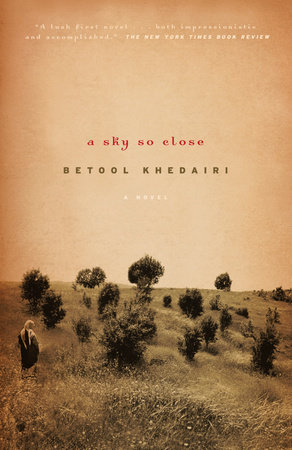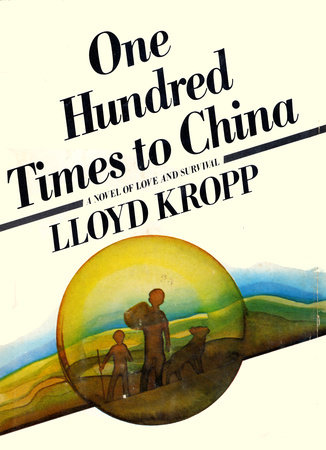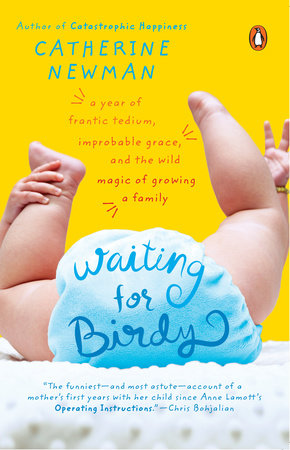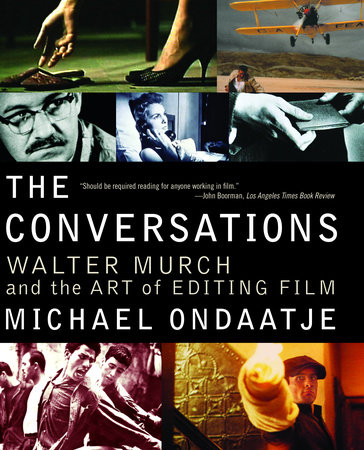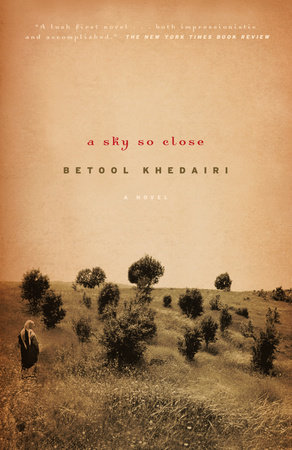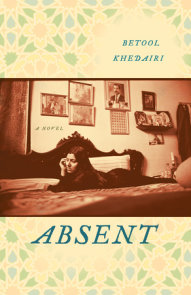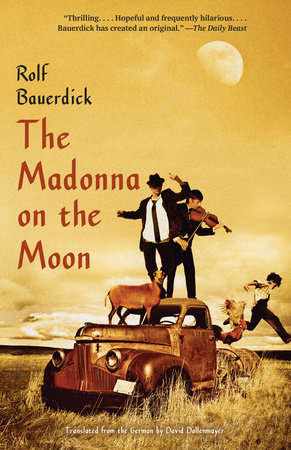Author Q&A
A Conversation with Betool Khedairi,
Author of A SKY SO CLOSE:
Q: A SKY SO CLOSE is written in the first person, and like the unnamed narrator, you have an Iraqi father and a mother from the United Kingdom. Are we to believe that this novel is semi-autobiographical?
A: Similarities between a writer’s life and what he or she puts on paper do not make their work autobiographical. Although one cannot separate a writer from their work. I would like to compare my novel to my grandmother’s embroidery. When a woman writes (as an observer of her surroundings), she keeps her fingers occupied with delicate work that takes up all her concentration and energy. She does this to forget, or to soothe her heart from the sorrows of the tales around her that have touched her, directly or indirectly. Like my grandmother, she embroiders her emotions, fears, and aspirations–her vision of life on that white cloth. And what does she do with her embroidery when she is done? She checks it for flaws, then gives it to others. It is no longer hers yet it is a part of her.
When I am asked how much of my work is real, I reply: “Novel writing is the art of convincing.”
Q: The beginning of the book is addressed to the narrator’s father. Why is this? Is the book the narrator’s tribute to her father?
A:It is not a tribute to her father as such, but the text being in the first person underlines this bond between the two in a way that the narrator seems to be thinking out loud with her father, since he represents the culture of her homeland. With the first person, the text becomes more intimate and any reader can see himself as the father. This father serves as the focus throughout the novel until he passes away; it underlines the narrators sense of ‘being’ until she starts searching, after his departure, for another sense of existence or identity.
Q:What does the title, A SKY SO CLOSE symbolize to you?
A:A more accurate translation of the book’s Arabic title would be THE SKY SEEMED SO CLOSE. In a child’s eye, the sky seemed, like so many things, close enough to touch, yet it was so far away.
As children in Iraq we used to sleep on the flat rooftops so that we had the sky and the stars all to ourselves. The sky gave a wonderful sense of freedom and security. We used to spend long nights in silent conversation with that mysterious universe that enveloped us the realm of the unknown. We used to think that by just holding up our fingertips, we would be able touch it, only to realize how distant it was, beyond our reach.
This feeling repeats itself on the swing where we used to touch the horizon with our bare feet, yet it is only in our imagination. It is this freedom of the soul that can swim in any void it chooses, but it is the reality of size and space that are our true limitations. Like the sky, life could be felt in one concept but then understood in another.
Q:The life lessons that the narrator learns from various characters are very clear: she learns innocence from her young rural friend; of patience, beauty, and creativity from her father, perseverance and principles from her ballet instructor; and companionship from her older boyfriend. What does the narrator learn from her English mother in Iraq? And later on when she is dying of breast cancer in England?
A: The mother represents the complete opposite of the father and this teaches the girl not to take sides. She has to accept things as they are, she must remain in touch with the contradictory aspects of life without passing judgment. She thus develops a deep sense of relativity. It is through her mother’s terminal disease that she learns how to communicate with her. She then understands that death has the final say in matters. This adds more confusion to the narrator’s emotions. She has to seek the balance on her own because nothing lasts forever; in contrast with the sense of forever that she lives in her childhood days. She learns that death is the great equalizer, balancing life.
Q:Ultimately, what does Madame represent for the narrator?
A:Madame represents cultural opportunities that help enrich Iraq. She is surrounded by artists, dancers, sculptors, architects, actors, etc. But when circumstances set in, the dream falls apart. The narrator witnesses the death of dreams with Madame’s failure. Then when she is in the U.K., Madame’s letters cover the local news, thus becoming the voice of her homeland. Madame represents the destruction of the cultural life with the first war and then the suffering of the everyday life throughout the second war.
Q:Ballet instruction and breast cancer are both juxtaposed against the Iraqi war. What are the similarities?
A:The art of ballet had to survive the destruction around it, as the mother wanted to survive her disease; from this the character learns strength and perseverance. It is a lesson in bartering for survival. Death comes and puts an end to things–in the form of mass harvest in the war, in a hospital room, or the death of aspirations.
Q:During the war the narrator and her family are basically unaffected by the raging violence that surrounds them. Why is this?
A:The narrator’s tone is unemotional in order to accentuate the anguish that she is going through. As an observer her objective comments reveal the destruction and degradation her people are suffering.
Q:After her father’s death, the narrator flees Iraq with her mother instead of proceeding with her own happiness. Why?
A:This is the traditional “Eastern” concept of sacrificing for one’s parents. She will remain next to her mother in her agony. In the meantime, her boyfriend decides to end their relationship, setting her free. Again she finds herself in a situation where she has no control, pressurized by external circumstances that dictate her destiny.
Q:Are we to believe that the narrator never returns to her beloved Iraq?
A:The novel’s conclusion is open-ended. The narrator does not go back at that stage because her country is now blockaded and subjected to an embargo, and she must also live her life in an independent manner as both her parents have now passed away, leaving her alone and vulnerable.
The narrator is an eye that sees like a camera. It approaches an event, an object, a time, a person, a place; it touches it, photographs it–then moves away, leaving a collection of photographs for the reader to re-arrange the way he or she wishes.
The novel’s end symbolizes her rite of passage to adulthood. From now on every decision is her own to make.
Q:Iraq is viewed in A SKY SO CLOSE in a very different light to that which we receive from the American media. Was one of the reasons for writing this book to introduce your country in a positive, multi-faceted light?
A:There never was a hidden political agenda hiding behind my work. This novel is the tale of ordinary people trying to adapt to internal and external circumstances. The ordinary person: the artist, the housewife, the soldier, the dying child, the teacher, the nurse, the wig maker, the illiterate peasant woman, the ballet instructor, the driver of the pesticide smoke truck. The narrator learns her lessons of relativity over a span of 30 years, inside and outside of Iraq.
Q:What is next for Betool Khedairi?
A:Life’s contradictions make me pick up the pen. There will always be another book to write.
